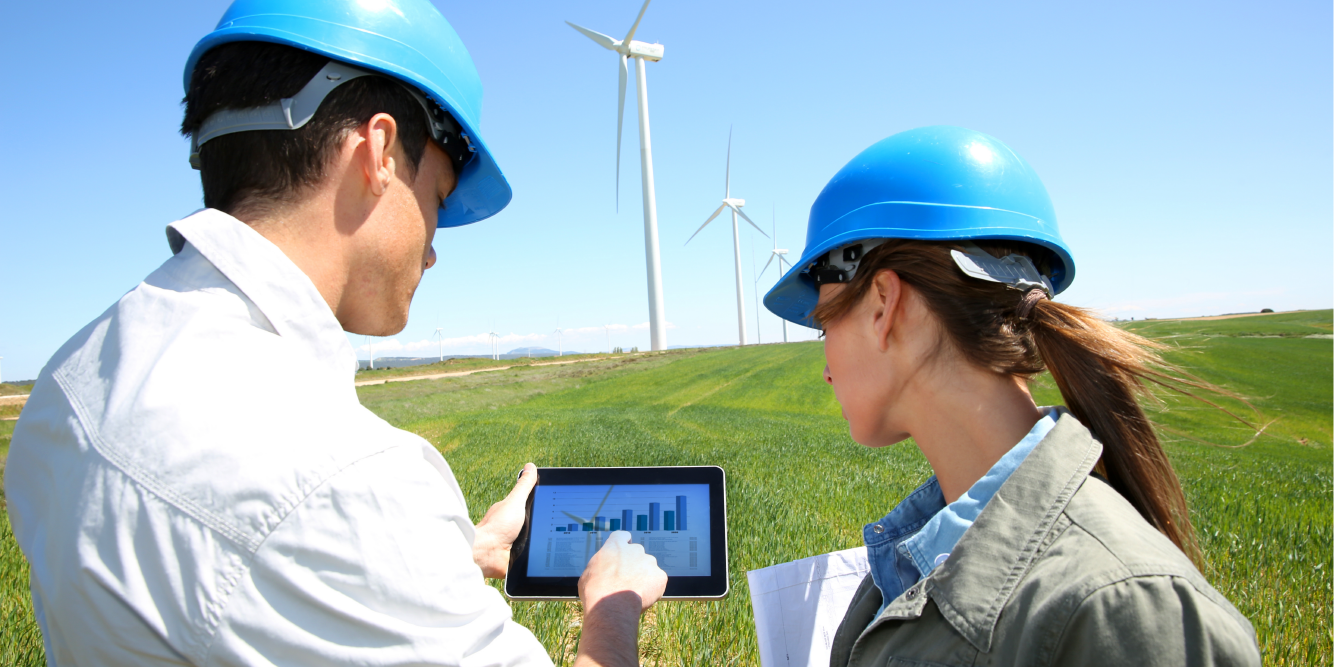Topics
ECONOMY-WIDE TARGET
- We must do everything to try to hold the warming to a maximum of 1.5°C. We may fail, but this effort is our only chance of achieving the Paris Agreement’s backstop goal of holding global warming “well below 2°C.”
- To have a substantial chance of achieving 1.5°C, global emissions must decline by at least 45% and as much as 60% from 2010 levels by 2030, and must reach net zero around 2050.*
These constraints are not in themselves sufficient to define the U.S. fair share of the global climate mitigation challenge. The United States is an extremely wealthy country with a great deal of historical responsibility for the climate crisis and a large capacity to respond to it. Therefore it must do substantially more than the global average.
There is lively, ongoing debate about the maximum achievable rate of emissions reductions. In the U.S., a 2030 target of 100% reductions would be ideal, but many experts think it is simply not possible. We should strive toward that goal, but given that authoritative voices are arguing that domestic carbon dioxide emissions can be reduced as much as 70% by 2030, we believe this is an appropriate target and should be coupled with commensurate annual targets. A U.S. fair share also includes substantial financial support for emissions cuts in other, poorer countries. (See Global Issues and Responsibilities below).

REFERENCES
* On the 2030 and 2050 requirements of 1.5°C and 2°C, the relevant IPCC text reads: “In model pathways with no or limited overshoot of 1.5°C, global net anthropogenic CO2 emissions decline by about 45% from 2010 levels by 2030 (40–60% interquartile range), reaching net zero around 2050 (2045–2055 interquartile range). For limiting global warming to below 2°C CO2 emissions are projected to decline by about 25% by 2030 in most pathways (10–30% interquartile range) and reach net zero around 2070 (2065–2080 interquartile range).” IPCC, 2018: Summary for Policymakers. In: Global warming of 1.5°C. An IPCC Special Report on the impacts of global warming of 1.5°C above pre-industrial levels and related global greenhouse gas emission pathways, in the context of strengthening the global response to the threat of climate change, sustainable development, and efforts to eradicate poverty [V. Masson-Delmotte, P. Zhai, H. O. Pörtner, D. Roberts, J. Skea, P. R. Shukla, A. Pirani, W. Moufouma-Okia, C. Péan, R. Pidcock, S. Connors, J. B. R. Matthews, Y. Chen, X. Zhou, M. I. Gomis, E. Lonnoy, T. Maycock, M. Tignor, T. Waterfield (eds.)]. World Meteorological Organization, Geneva, Switzerland. C.1, p. 14.
